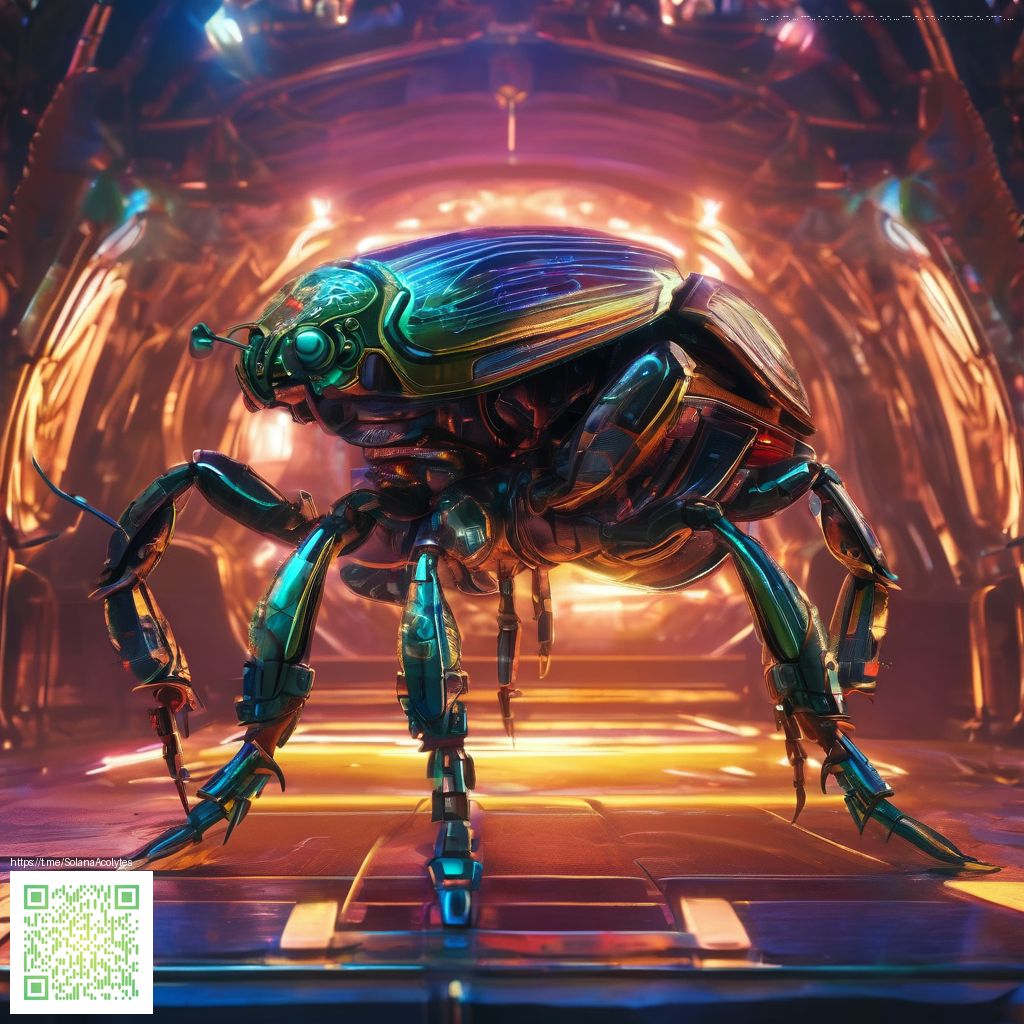
Evolution of Tracks and Meta after Booster Course Pass
When a beloved racer like Mario Kart 8 Deluxe gets a substantial update, the racing world shifts in subtle and dramatic ways. The Booster Course Pass brought a flood of remastered courses from past Mario Kart titles, expanding the track roster and injecting fresh lines into familiar corners. The result is a racing experience that feels both nostalgic and newly strategic, with players recalibrating their setups and preferred routes across a broader map pool 🎮.
From the moment the first wave dropped into gamers' hands, the meta began to breathe differently. Tracks that rewarded risky lines and precise micro-drift control started to redefine who could pocket early advantages. Across waves that rolled out through 2022 and into late 2023, the mix of retro visuals and modern frame pacing kept the community engaged and hungry for more practice sessions on the new layouts.
Track design and pacing reshaped
The remastered courses bring updated textures, improved track edges, and often tightened corners that reward exact drifting. The result is a sharper sense of where momentum can carry you and where a small misstep can flip a race. On throwback layouts, players rediscovered classic routes while discovering new lines that suit the current kart builds. The balance between speed and control shifted in favor of those who could invent reliable drift patterns across a wider map set 🕹️.
What makes the evolution exciting is how some tracks stress anti gravity and multi-section sections differently from their original versions. This has nudged builders and players to experiment with different tire choices, drift lengths, and acceleration balances. The community response has been a steady stream of hot takes and polished run videos that showcase how a single corner can reshape an entire lap’s rhythm ⚔️.
Meta shifts and build trends
While Nintendo did not overhaul the core physics, the arrival of new tracks and improved visuals shifted how players compose their loadouts. With more tracks favoring aggressive cornering and sustained bursts, some players gravitated toward combos that excel at quick recoveries after misstarts. The meta now leans toward flexible line choice and precision timing across a wider track library, rather than relying on a single, dominant route.
Another strong trend is the way players adapt to longer, more varied track lengths. Experience from the original roster combined with fresh routes creates a meta that rewards practice across multiple courses rather than honing a single map. This broad testing ground helps the community refine techniques and share splits for different competitive contexts, from grand finals queues to friendly weekly tournaments 🎯.
Community insights and testing ground
Fans have embraced the broad track set as a playground for experimentation. Online communities have become hubs for sharing preferred kart and wheel setups, route optimizations, and race pacing strategies across waves. The shared practice time has turned into a vibrant feedback loop with players documenting what works and what falls short on each course.
For many, the upgraded visuals are not just cosmetic. The clearer textures and smoother frame rates help drivers spot micro-terrain changes faster, translating into more confident drifts and cleaner overtakes. The community has celebrated these improvements as a catalyst for higher skill ceilings on both casual and competitive play 🔥.
“These remasters feel like new tracks in disguise, demanding fresh muscle memory while sparking nostalgia at the same time.”
Developer commentary and patch cadence
Official notes from Nintendo framed the Booster Course Pass as a celebration of both heritage and innovation. The package was rolled out in multiple waves, each adding a fresh batch of courses and a renewed sense of purpose to the kart meta. While the core physics remained constant, the tempo of updates and the way players approached each new course signaled a healthy balance between release cadence and long term strategy.
From a design standpoint, the collaboration between retro course revival and modern polish showcases how developers can nurture a living competitive scene. The feedback loop between players and creators continues to shape future updates, track selections, and balancing considerations for upcoming events and tournaments 🎮.
Modding culture and community creativity
Even in a console setting, a healthy modding ethos lives on in the community. Fans experiment with track rotation lists for private lobbies, remix challenges that reimagine course order, and fan-made guides that dissect how each track interacts with different kart builds. The passion for customization and optimization fuels a broader culture of sharing, testing, and remixing ideas that keeps the game fresh long after the latest patch notes.
While official modding options remain limited on consoles, the spirit of experimentation thrives in video breakdowns, live streams, and strategy threads. Players chase faster lap times, smarter line choices, and creative ways to leverage new track geometries across competitive play and meme worthy lab runs alike 🧠.
What to watch for next
The evolution trajectory suggests a continuing interest in balancing diverse track types and expanding the pool of favorable builds for a wider set of courses. Expect future announcements to spotlight additional track updates, potential tweaks to event formats, and more opportunities for players to showcase mastery across a broadened racing ecosystem. The excitement around evolving tracks and emerging meta remains a core thrill for the community 🎯.
For readers who want a deeper dive into related industry discussions and analysis, the network content linked below offers perspectives on market positioning, reader-friendly design choices, and pricing strategies that mirror the careful balance between nostalgia and modern polish that defines this racing era.
Phone Case with Card Holder MagSafe Glossy Matte Finish